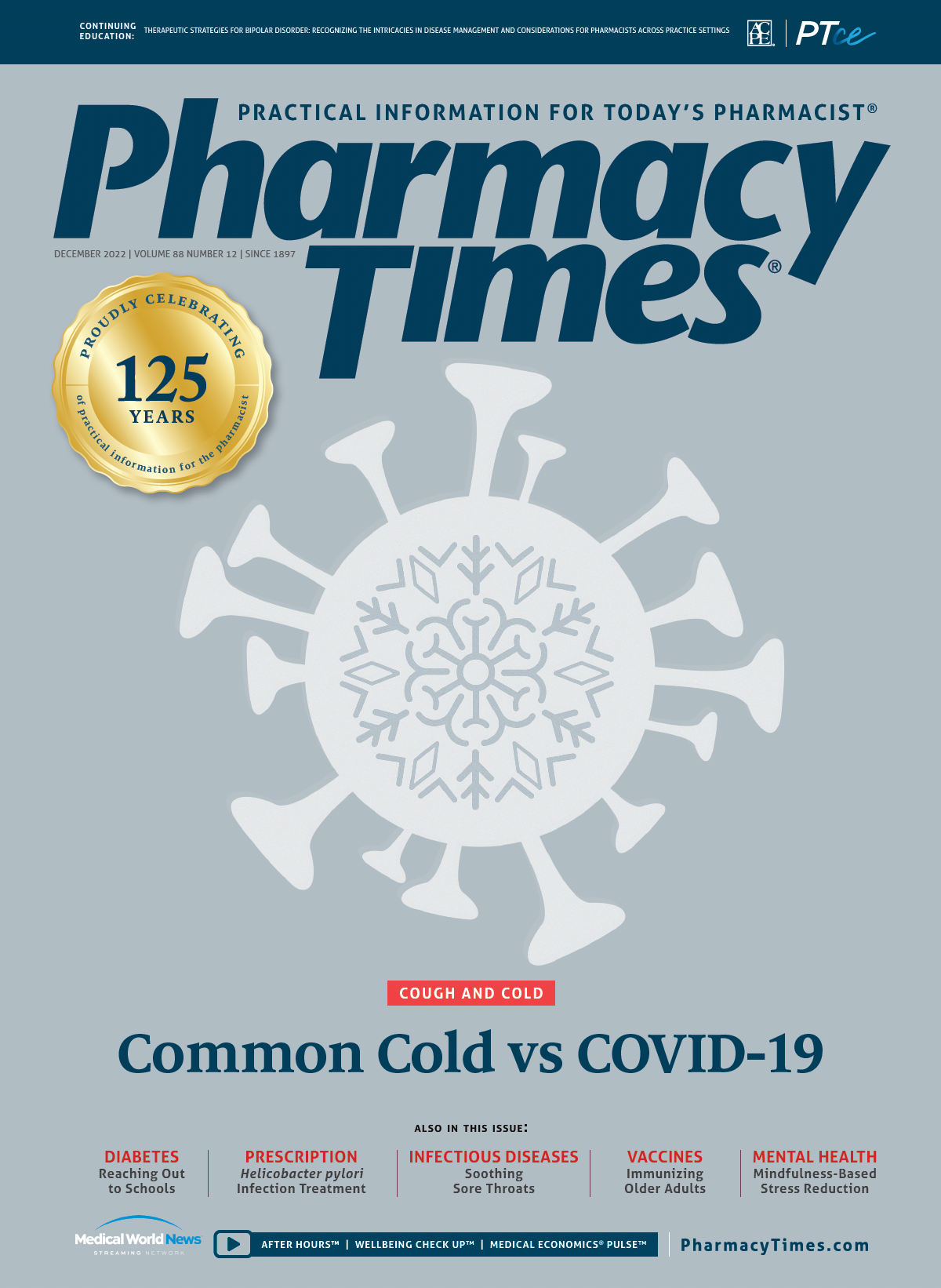Publication
Article
Pharmacy Times
Generic, Biosimilar Drugs Generate Record Savings of $373 Billion in 2021
Author(s):
But many patients pay more than necessary because of PBMs, patent abuses, IQVIA data shows.
Generic and biosimilar drugs generated a record $373 billion in savings for employers, patients, and tax-payers in 2021, according to data presented by IQVIA in the Association for Accessible Medicine (AAM) 2022 US Generic and Biosimilar Medicines Savings Report. Additionally, total generic and biosimilar savings for the past 10 years has been more than $2.6 trillion.
However, despite the tremendous savings from generic drugs, many patients continue to pay more than necessary. Even with nearly 6.4 billion generic and biosimilar prescriptions dispensed, generics represent just 3% of all health care spending. However, generic drug companies manufacture the medicines used in 90% of prescriptions dispensed in the United States.
“Today, as a result of pervasive profit-seeking by [intermediaries] such as pharmacy benefit managers, patients often pay more than they should for generics or are prevented entirely from receiving lower-cost generics and biosimilars. This is in addition to ongoing brand patent abuses that can delay patient access to new generics and biosimilars,” Dan Leonard, president and CEO of AAM, wrote in a letter that accompanied the report.
The report breaks down savings by age, common medical conditions, payer, and state and provides in-depth data at a moment when individuals “continue to be alarmed over the cost of prescription drugs,” according to an AAM statement that accompanied the findings. These findings reinforce the critical importance of generic and biosimilar drugs for patients seeking financial relief from escalating drug prices.
The report also showed that 91% of US prescriptions are filled by generic drugs, although these drugs accounted for just 18.2% of US spending on prescriptions. This means that costlier brand name drugs account for most pharmaceutical spending. Additionally, the average co-pay in 2021 for generic drugs was $6.16 compared with $56.12 for brand-name drugs. And 93% of the time, the co-pay for a generic prescription is less than $20 compared with 59% of the time for brand-name drugs.
Furthermore, biosimilar drugs showed savings of more than $7 billion and accounted for nearly 30% of the overall biologics market. The average sales price for biosimilars is 50% less than the average price for reference brand biologics, according to the report.
In addition, competition from biosimilars has reduced the average sales price of their corresponding reference biologics by an average of 25%, according to the report. Breaking it down further, $119 billion of the savings on generics and biosimilars was for Medicare (ie, $2447 per enrollee) and $178 billion was for commercial plans.
The top 10 generic drugs of 2021 saved more than $110 billion in spending, according to the report. This list included generics for cholesterol drugs such as Lipitor and Crestor and for Zofran, which manages nausea related to chemotherapy.
“Generics also accumulate savings daily through thousands of small volume and low-margin products. These medicines are essential for maintaining equitable access to pharmaceutical care across a variety of health conditions,” the report stated. It also noted that “new generics also contribute important savings for patients, although these products have experienced slower adoption and lower savings in recent years [because of ] health plan formulary tactics that can delay patient access to new generics.”
The states with the highest savings from generic and biosimilars in 2021 were the largest states by population: California ($33.1 billion), Florida ($23.8 billion), New York ($29.6 billion), and Texas ($29.7 billion). But some states with smaller populations had higher per-capita savings, including Alabama, Arkansas, Kentucky, Louisiana, Mississippi, Nebraska, and West Virginia.
In terms of age groups, adults aged 40 to 64 years accounted for $160 billion in savings, and adults 65 years or older accounted for $132 billion in savings. The conditions that generated the most savings were heart disease ($96.7 billion), mental illness ($59.7 billion), and diabetes ($56.7 billion). The takeaway from the report is that “policy makers must address these challenges and ensure patient access to more affordable generic and biosimilar medications,” Leonard wrote.
Reference
Report: 2022 U.S. generic and biosimilar medicines savings report. Association for Accessible Medicines. 2022. Accessed November 16, 2022. https://accessiblemeds.org/resources/reports/2022-savings report






